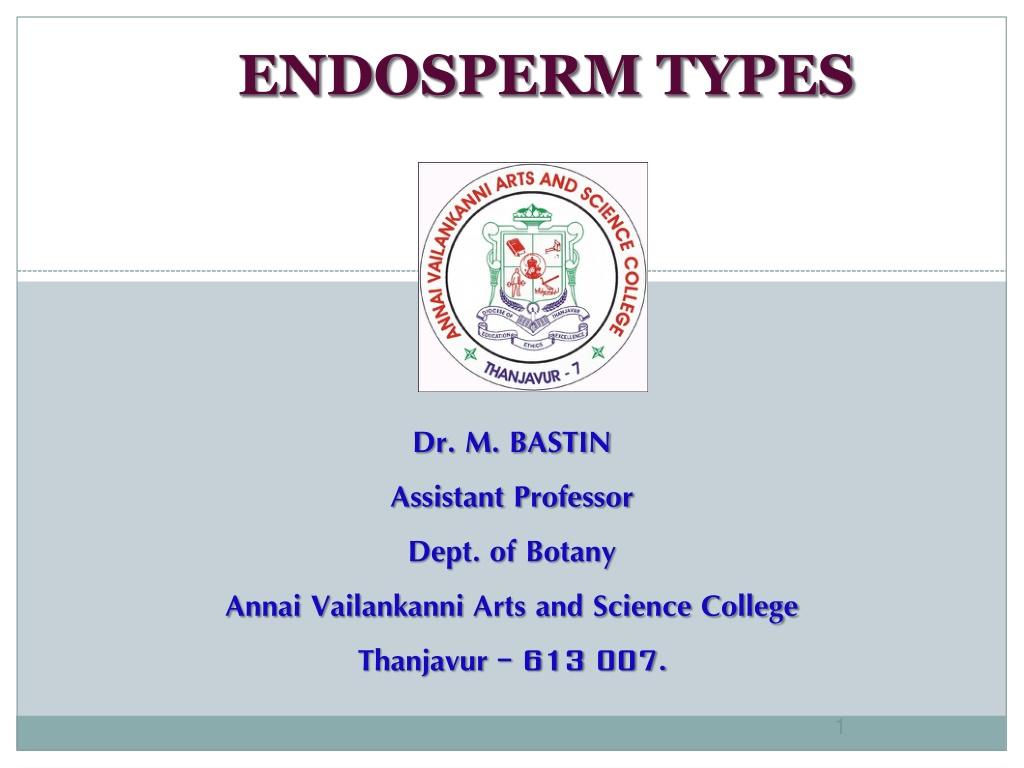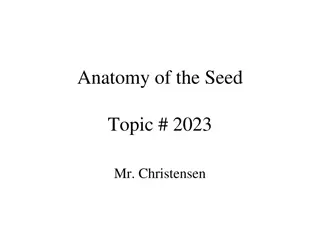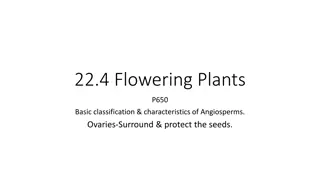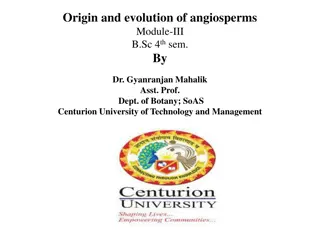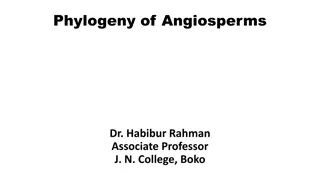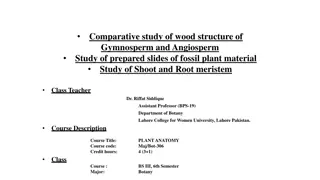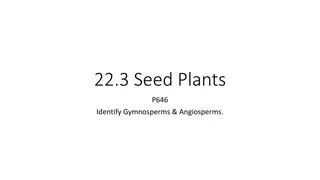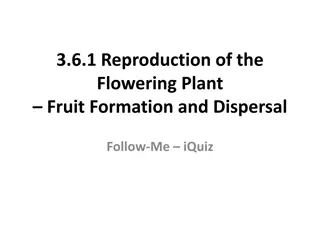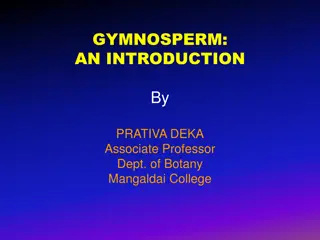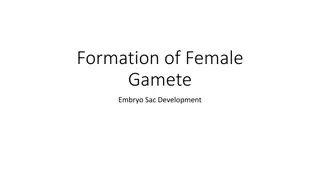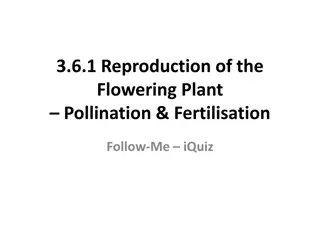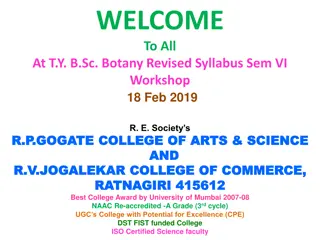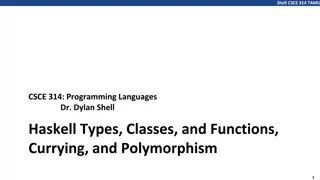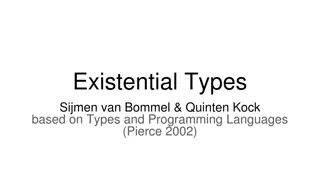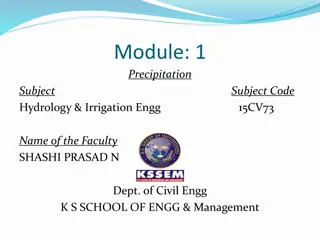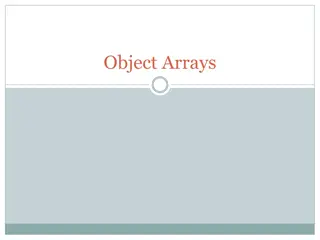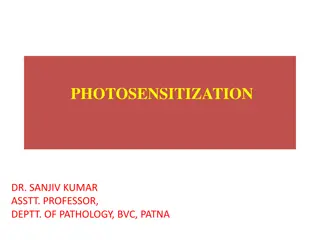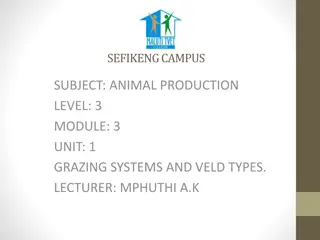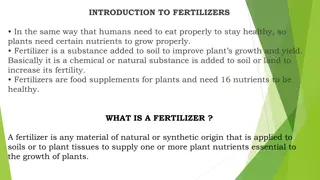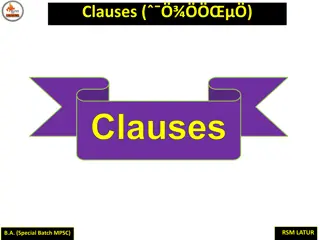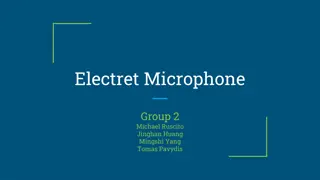Understanding the Types of Endosperm in Angiosperms
Endosperm is the nutritive tissue formed in angiosperms through triple fusion, serving to nourish the embryo. There are three main types of endosperm: Nuclear, Cellular, and Helobial, each characterized by distinct modes of development. Nuclear endosperm features repeated division of the primary nucleus, while Cellular endosperm undergoes wall formation after division. Helobial endosperm combines characteristics of both cellular and nuclear types. The process of endosperm formation and its subsequent fate in seeds are also explained.
Download Presentation

Please find below an Image/Link to download the presentation.
The content on the website is provided AS IS for your information and personal use only. It may not be sold, licensed, or shared on other websites without obtaining consent from the author. Download presentation by click this link. If you encounter any issues during the download, it is possible that the publisher has removed the file from their server.
E N D
Presentation Transcript
ENDOSPERM TYPES Dr. M. BASTIN Assistant Professor Dept. of Botany Annai Vailankanni Arts and Science College Thanjavur 613 007. 1
INTRODUCTION Endosperm is the nutritive tissue formed as a result of triple fusion in the angiosperms. Endosperm is generally triploid meant for nourishing the embryo. Endosperm formation starts prior to embryo formation.
Types of Endosperm The formation of endosperm starts with degeneration of the unclear tissue. Based on the mode of development there are three types of endosperms (i)Nuclear (ii)Cellular (iii)Helobial.
(i)(i) Nuclear endosperm : Primary endosperm nucleus divides repeatedly to form a large number of free nuclei. No cell plate formation takes place at this stage. A central vacuole appears later. It is followed by cell plate formation which is centripetal. Hence, a multicellular endosperm is formed. The process of cell plate formation may not be complete as in the case of coconut.
Its peripheral portion has outer oily multicellular solid endosperm and inner free nuclear, degenerated multinucleate liquid endosperm called coconut milk
CELLULAR ENDOSPERM Here wall formation occurs immediately after division of the primary endosperm nucleus. Subsequent divisions also are accompanied by cell plate formation. As a result, the endosperm becomes cellular from the beginning. Example- Balsam, Petunia.
HELOBIAL ENDOSPERM First division of the primary endosperm nucleus is cellular i.e. wall formation takes place following the first division. However, inside each of these newly formed cells, free nuclear divisions occur. But finally, the endosperm becomes cellular following the pattern of development of nuclear endosperms. Hence, helobial endosperm is the combination of cellular and nuclear endosperms.
Endosperms formed may remain in the seeds or it may be consumed by the developing embryos. In the later case, the food is generally stored in the cotyledons. These are called exalbuminous / nonendospermic seeds. Here, endosperm is used up during the development of embryo and food is preserved only in the cotyledons. Example Groundnut, Mustard, Sunflower.
In aluminous, endospermic seeds, endosperm persists in the seed along with embryo. Cotyledons are thin, papery and have no nutritive function. Example - Cotton, Castor, Papaya. Endosperm is totally absent in the seeds of members of family. Example :- Orchidaceae, Trapaceae,
Podostmonaceae where double fertilization is also absent. Endosperm is hard, containing cellulose in Ivory palm, Coffee, Black pepper. coconut ; castor, cotton; starchy in cereals; proteinaccous with alcuronc layer in cereal grains ; hemicellulosic in date palm. Sometimes, unused nucellus is left outside the endosperm which is called perisperm. Example- Nymphaea, Black pepper, Castor etc. (b) Embryo development
This process is called embryogeny or embryogenesis. The zygote develops into embryo. Early development produces a pro-embryo. In dicots five types of embryogeny have been observed. Crucifer and Onagrad type is very common. Here, zygote or oospore divides into two unequal cells, larger suspensor cell towards the micropyle and a smaller embryo cell (or terminal cell) towards the antipodal region.
The suspensor undergoes several divisions forming 6-10 celled suspensor. The suspensor pushes the embryo into endosperm. The first cell of the suspensor at the micropyle is large and develops into haustorium. The last cell of suspensor towards the embryo cell forms hypophysis.
It forms root tip and root cap except hypocotyl. Embryo cell divides by two vertical and one transverse divisions to produce two- tiered eight celled embryo. The epibasal tier forms two colyledons and plumule while the hypobasal tier produces only hypocotyl. This 8- celled embryo, undergoes two periclinal divisions producing outer protoderm (dermatogen), inner plerome (procambium) and middle ground meristem (periblem)
